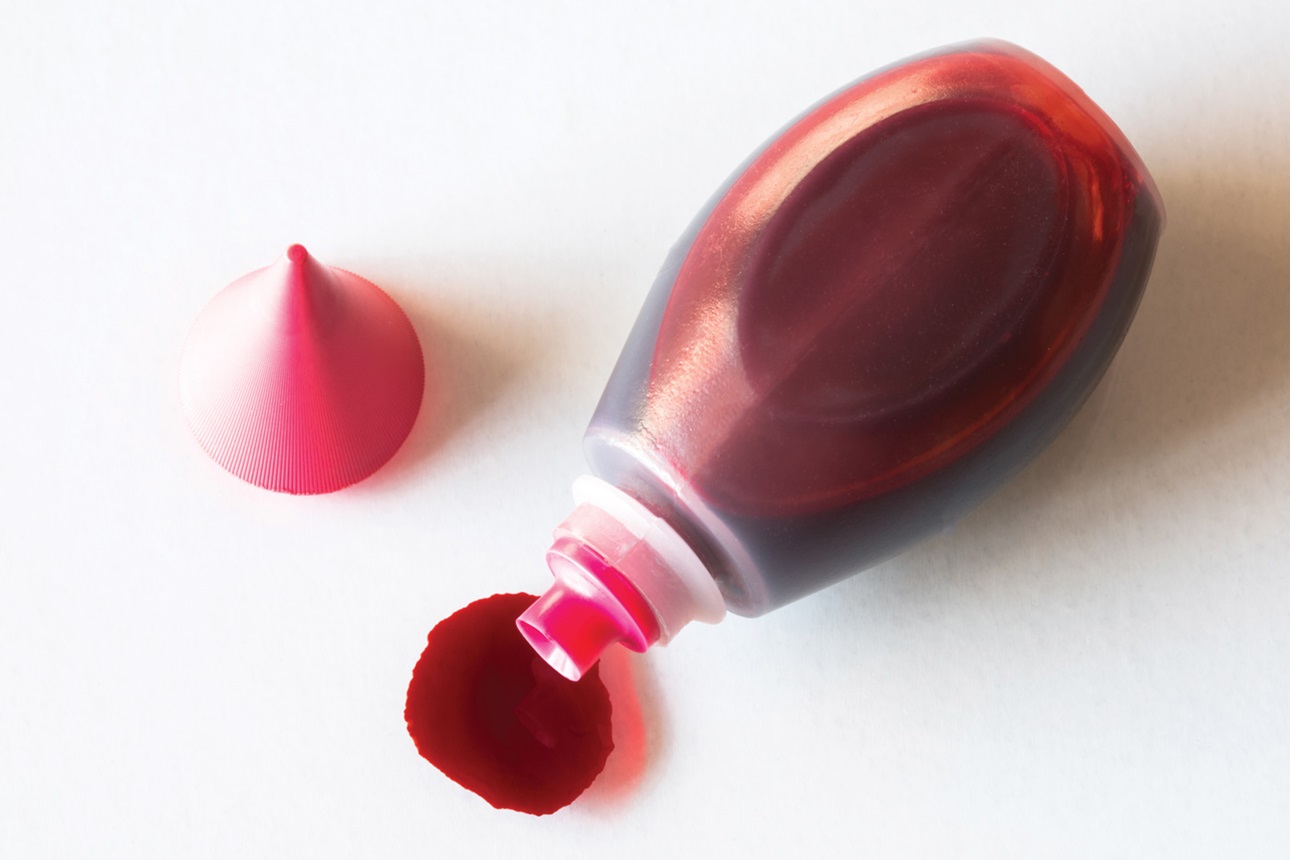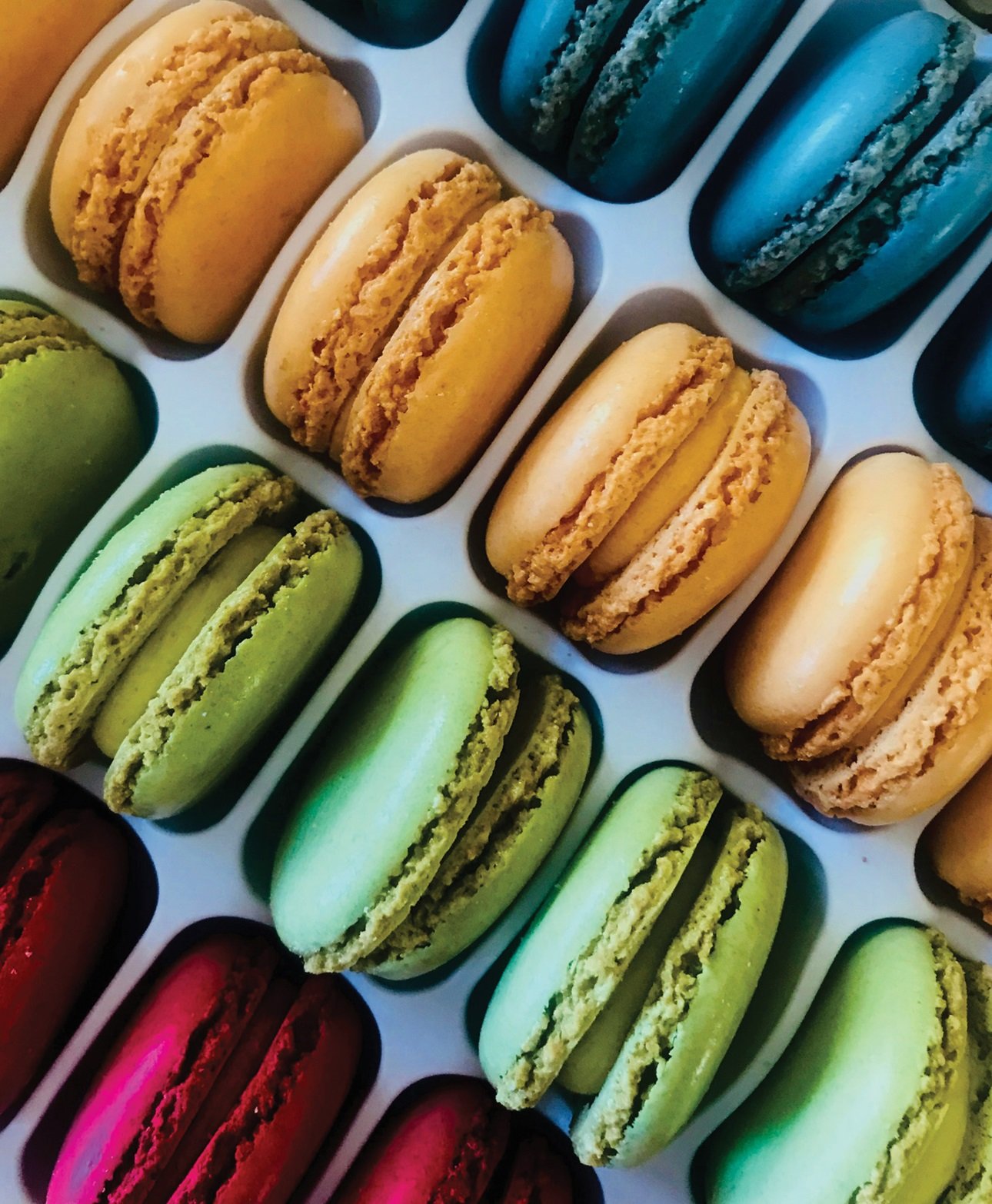Food Technology Magazine | Applied Science
True Colors
A visually oriented overview of food color and colorant ingredient trends.

© Katie Rainbow/unsplash
It’s black and white: Social media is a major driving force behind the growing consumer preference for foods and beverages that pop with color.
“Social media platforms are powerful catalysts for shaping and popularizing food trends, including those related to food colors,” says Kelly Newsome, senior global marketing manager, colors and savory flavors, at ADM. “From daring reds and lively pinks to sophisticated blues and natural greens, social media is igniting a craving for vibrant and distinct sensory experiences across categories.”
In fact, the $4.6 billion global food colors market is projected to expand at a compound annual growth rate (CAGR) of 5.4% from 2023 to 2028 to hit $6 billion, according to business research firm MarketsandMarkets. Europe’s $1.6 billion food colors market currently leads the world, with a projected 5.3% CAGR from 2023–2028, fueled by strong processed food and beverage markets in the United Kingdom, Germany, France, Italy, and Spain.
Among new product launches in North America, however, “both artificial and natural color ingredients have experienced an overall decline in growth,” says Lu Ann Williams, global insights director at Innova Market Insights. “There has been an average annual decrease of 2% in new food and beverage launches with food color ingredients in North America [from 2018–2023].”
Powder form colorants edge out liquid, gel, and paste food color products with more than 50% of sales, according to Grand View Research, while bakery and confectionery treats are tops among food color applications. Consumer demand for clean labels, along with stricter regulations for artificial food colors, helped propel natural flavors to a 39.2% share of the total market by revenue in 2022. And in a nod to sustainability, microbe-sourced food colors are poised to grow at nearly 9.2% CAGR by revenue from 2023–2030, reports Grand View.
Seeing Red in California
In a move predicted to impact foods sold in the entire U.S. market, the state of California in October signed into law a bill prohibiting the use of Red No. 3 dye in products for human consumption after Jan. 1, 2027. New York state and New Jersey have considered similar bills, and the U.S. Food and Drug Administration is reviewing an October 2022 petition from consumer advocacy groups calling for a ban on Red No. 3.
Carmine, beet juice concentrates, betacyanins, and anthocyanins are top candidates to replace the artificial dye’s distinctive bright pink shade in candies, cake and cookie decorations, beverages, and other products.
Fermenting More Sustainable Color
Biotechnology startups around the world are leveraging precision fermentation to create natural food colors from bacteria, fungi, and algae, which requires substantially less water and land than extracting colors from raw materials such as vegetables or insects.
- Israel-based Phytolon is using engineered baker’s yeast to develop betalain pigments, which are naturally present in such plant sources as beetroot, cactus fruit, and dragonfruit.
- Michroma in San Francisco is working to commercialize filamentous fungi-derived Red+ powdered coloring.
- Danish Chromologics is pursuing regulatory approval for its Natu.Red product made from a novel fungus, with plans to launch in the United States and Europe by the beginning of 2026.
Food Color Glossary
Acceptable daily intake (ADI)—Estimate of the amount of a substance in food or drinking water that can be ingested daily over a lifetime without appreciable risk
Certified color—Synthetically produced color additive that is certified by FDA for use in foods; see also synthetic color additive
Color additive—FDA classification for a dye, pigment, or other substance that, when added or applied to a food, drug, or cosmetic, or to the human body or any part of it, is capable (alone or through reaction with another substance) of imparting color
Coloring food—EU classification for food that contains coloring properties as a secondary effect
Dye—Soluble colorant generally applied in an aqueous solution
Exempt color—Color additive exempt from FDA certification (21 CFR 73), generally including those derived from plant or mineral sources; exempt colors must comply with the identity and purity specifications and use limitations described in their listing regulation
FD&C color—Color additive approved by FDA for use in foods, drugs, and cosmetics; see also synthetic color additive
Food color—Classification by EU and Joint FAO/WHO Expert Committee on Food Additives (JECFA) for an additive used to add or restore color in food
Good manufacturing practice (GMP)—System for ensuring that products are produced according to quality standards; use of colors at GMP levels is permitted by many countries, including the United States
Lake—Pigment produced by rendering a dye insoluble by precipitating it with an inert binder, or mordant, usually a metallic salt
Natural color additive—Color derived or extracted from natural sources such as plants, minerals, and animals; FDA does not consider any color additive to be “natural,” only “certified” (FD&C) or “exempt”
Pigment—Insoluble organic or inorganic compound used to add color, applied as finely ground solid particles mixed with a liquid
Straight color—Color additive that has not been mixed or chemically reacted with any other substance
Synthetic color additive—Color derived from organic chemicals in the form of a dye/pigment or a lake, classified by the FDA as “certified” or FD&C colorft







